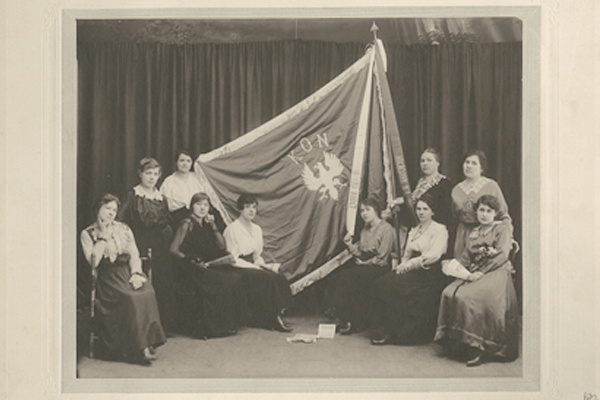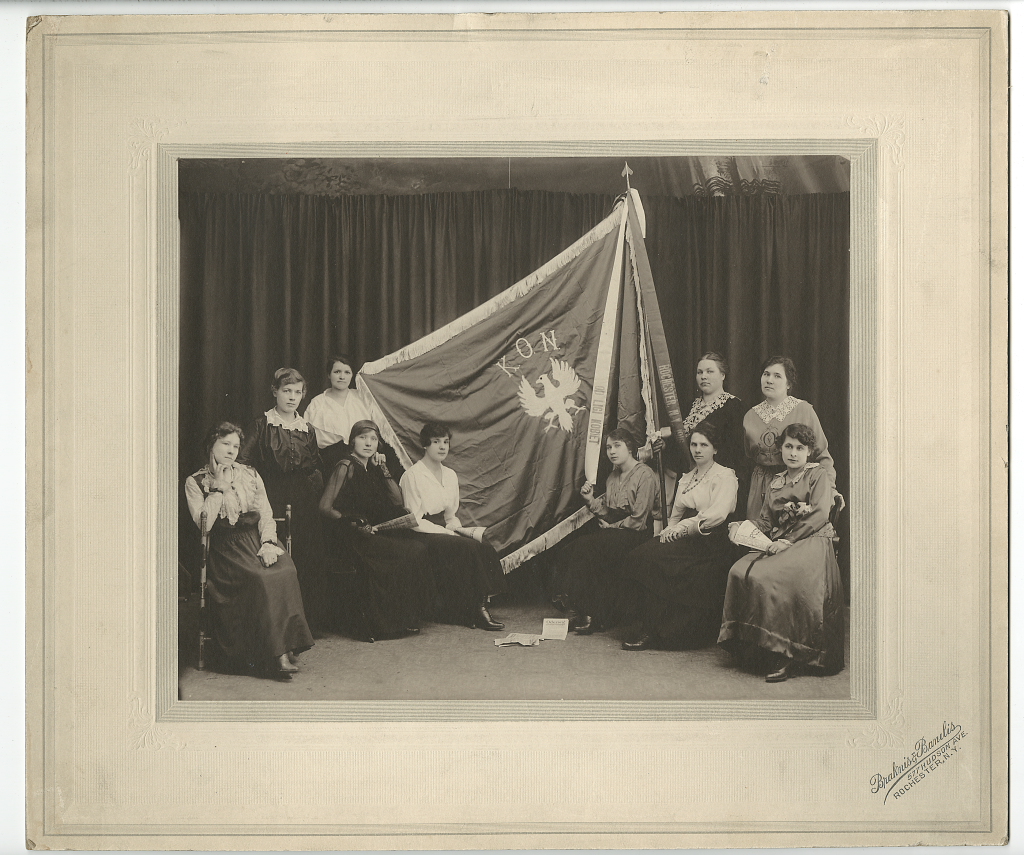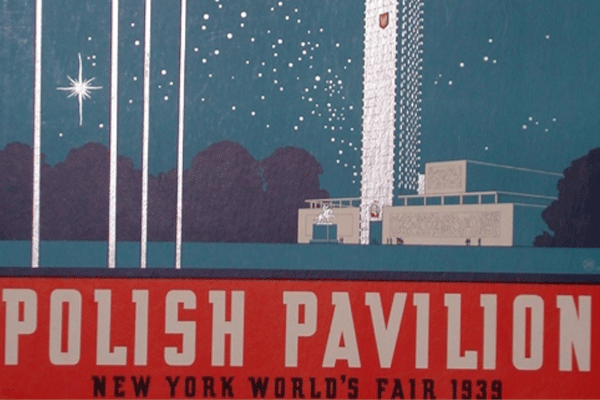In the beginning, the Museum and Archives of the Polish Roman Catholic Union of America concentrated, above all, on gathering historical mementos. It had been established with the conviction that documents, books and all kinds of items of importance to the history of Polonia in America, as well as to the history of Poland, should not be subjected to dispersion, and, with time, to destruction, and inevitably forgotten. Materials reflecting the activities of Polish organizations, societies, and fraternals that had existed and/or still exist, began to arrive, and still do, from all regions of the United States. In addition to printed materials are seals, banners, pennants, sashes, badges of each organization, honors, diplomas, medals, trophy cups, and other awards granted or won.
There is no lack of photo albums and press clippings, portfolios of drawings (often humorous) by chroniclers and cartoonists of Polonia, which illustrate the life, holidays and achievements of Poles in America. There are souvenirs of prominent activists of Polonia, such as their insignias and awards, documents, letters, photos, and all kinds of mementos which they had liked. A separate group of mementos consists of religious articles kept in homes: pictures, crucifixes, statues and medals; and from houses of worship: chalices, monstrances and banners. Also preserved are gifts from Poland sent in gratitude for aid received, testifying to the close bond between Polonia and the Mother country during moments of crisis, as well as when times were normal.
It has been stated in the introduction that the historical collection was divided into two parts: that of mementos of the history of Polonia (enumerated above), and those directly connected with the history of Poland. On the whole, the latter commemorates battles for independence that were fought from the moment Poland lost its independence to its rebirth, that is, from the second half of the 18th century to 1918. The dates of 1772, 1793, 1794, 1795, 1830, 1848 and 1863 embroidered on fabric recall the most important and tragic events for Poland: the three partitions among Russia, Prussia and Austria, and the successive insurrections and defeats of Kosciuszko insurrections, the November Uprising, interventions of the People’s Spring, and the January Uprising. But the “White Eagle” stitched beside the dates—the emblem and symbol of Poland—inspired hope for eventual victory. Much of such embroidery was found in Polish homes during the period of “National Mourning,” which followed the defeat of the Insurrection of 1863.




